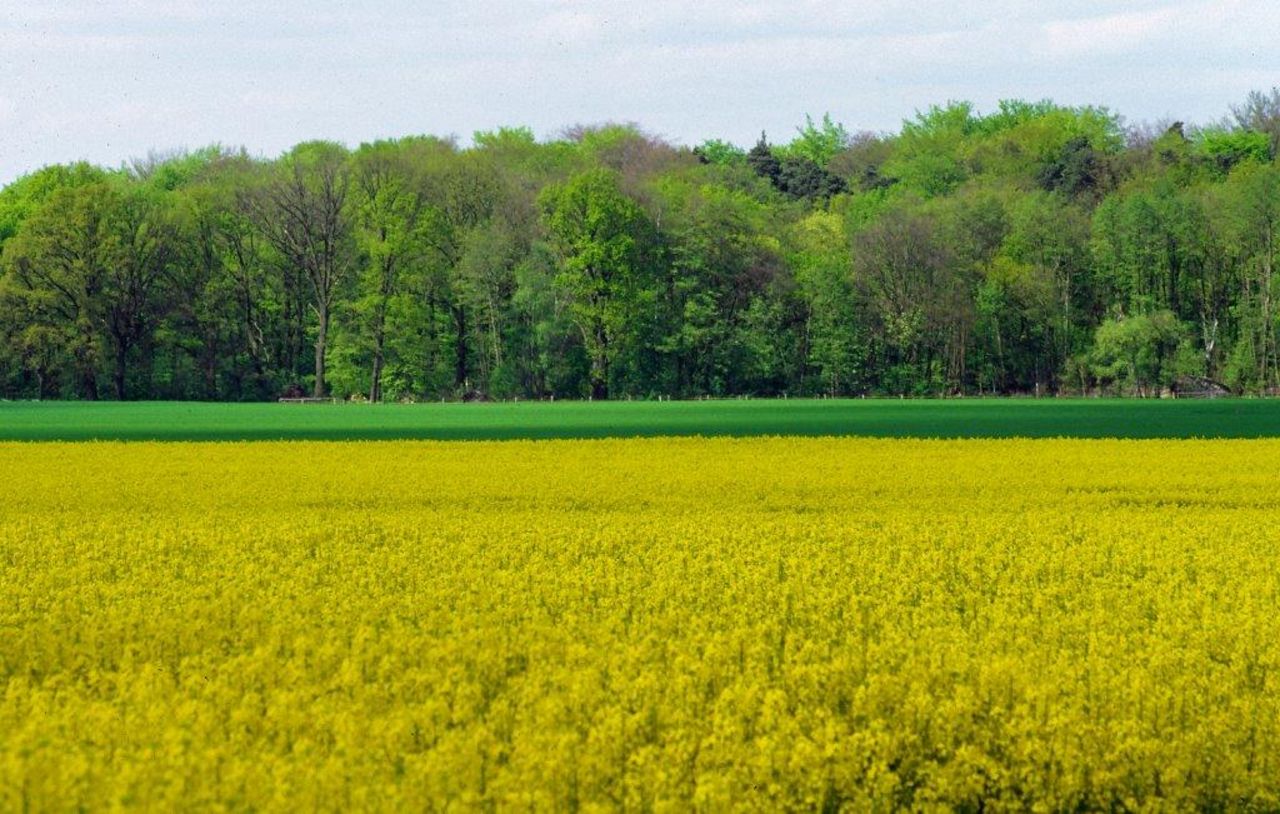Project
Interactions between agricultural, wood and energy markets

Policies and increasing prices for fossil energy sources make the use of biomass for energy purposes more attractive. At the same time, the costs of production of biomass increase. We combine the economic models for the agricultural and forestry sector from several Thünen institutes in order to represent the linkages between markets for agricultural and forestry products as well as for energy markets.
Background and Objective
In light of scarce fossil resources, policy makers increasinly rely on energy from biomass. Currently, energy from biomass is hardly competetive without public support and is produced to a very limited extent.This may change when fossil energy becomes more expensive.
Our analysis show the impact of high energy prices and changing policies on national and global agricultural and forestry markets.
Approach
The working group brings research activities from four Thünen institutes together. The adaption of the economic models representing the agricultural and forestry sector are core to the group´s work. Priorities of work are the representation of biogas and corn for energy purposes, land markets, demand for wood for energy production, green hous gas emissions and other sustainability criteria.
Data and Methods
Centrepiece of the work are the quantitative models of the Thünen instutes for agricultural and forestry economics. This includes FARMIS, RAUMIS, MAGNET and GFPM. Scenarios describing different developments of energy prices and economic growth will help to analyse their impact on agriculture and forestry.
Results
- Our work has shown that about twelve percent of the arable land in Germany is currently used for the production of plants dedicated to biogas production.
- Scenario results indicate that increasing energy prices predominantly increase the demand for corn, sugar cane and sugar beet for biofuel production.
- Competition between fast-growing plantations for firewood production and agricultural activities are to be expected particularly in Brandenburg and south of the Danube.
Thünen-Contact

Involved Thünen-Partners
- Banse, MartinMA Institute of Market Analysis
- de Witte, ThomasBW Institute of Farm Economics
- Gocht, AlexanderLR Institute of Rural Studies
- Gömann, HorstLR Institute of Rural Studies
- Kreins, PeterLR Institute of Rural Studies
- Morland, ChristianWF Institute of Forestry
- Offermann, FrankBW Institute of Farm Economics
- Osterburg, BernhardLR Institute of Rural Studies
- Röder, NorbertLR Institute of Rural Studies
- Rothe, AndreaMA Institute of Market Analysis
- Salamon, PetraMA Institute of Market Analysis
- Weimar, Holger WF Institute of Forestry
- Weingarten, PeterLR Institute of Rural Studies
- Wolf, VerenaMA Institute of Market Analysis
Duration
3.2013 - 12.2017
Publications
- 0
Banse M, Janzen N, Junker F, Kreins P, Offermann F, Salamon P, Weimar H (2016) Modelling the bioeconomy: linkages between agricultural, wood and energy markets : paper prepared for the 19th Annual Conference on Global Economic Analysis "Analytical Foundations for Cooperation in a Multipolar World" Washington DC, June 15-17, 2016 [online]. Washington DC: Purdue University, 19 p, zu finden in <https://www.gtap.agecon.purdue.edu/resources/download/8295.pdf> [zitiert am 13.07.2016]
- 1
Junker F, Wolf V, Marquardt S, Ledebur O von (2015) Changes to EU Biofuel Policy - Turmoil on feedstock markets? : 29th International Conference of Agricultural Economics ; 29th, Milan, Italy 2015. IAAE, 26 p
- 2
Röder N, Henseler M, Liebersbach H, Kreins P, Osterburg B (2015) Evaluation of land use based greenhouse gas abatement measures in Germany. Ecol Econ 117:193-202, DOI:10.1016/j.ecolecon.2015.06.007
- 3
Henseler M, Röder N, Liebersbach H, Kreins P, Osterburg B (2015) The mitigation potential and cost efficiency of abatement-based payments for the production of short-rotation coppices in Germany. Biomass Bioenergy 81:592-601, DOI:10.1016/j.biombioe.2015.08.007
- 4
Deppermann A, Offermann F, Grethe H (2014) Income effects of EU biofuel policies in Germany : Paper prepared for presentation at the EAAE 2014 Congress 'Agri-Food and Rural Innovations for Healthier Societies' ; August 26 to 29, 2014, Ljubljana, Slovenia. Ljubljana: EAAE, 14 p p
- 5
Junker F, Haß M, Hubold G, Kreins P, Salamon P, Seintsch B (2014) Potenziale einer biobasierten Wirtschaft. Braunschweig: Johann Heinrich von Thünen-Institut, 35 p, Thünen Working Paper 22, DOI:10.3220/WP_22_2014

![[Translate to English:] Logo des Bundesministerium für Ernährung und Landwirtschaft](/media/allgemein/logos/BMEL_Logo.svg)